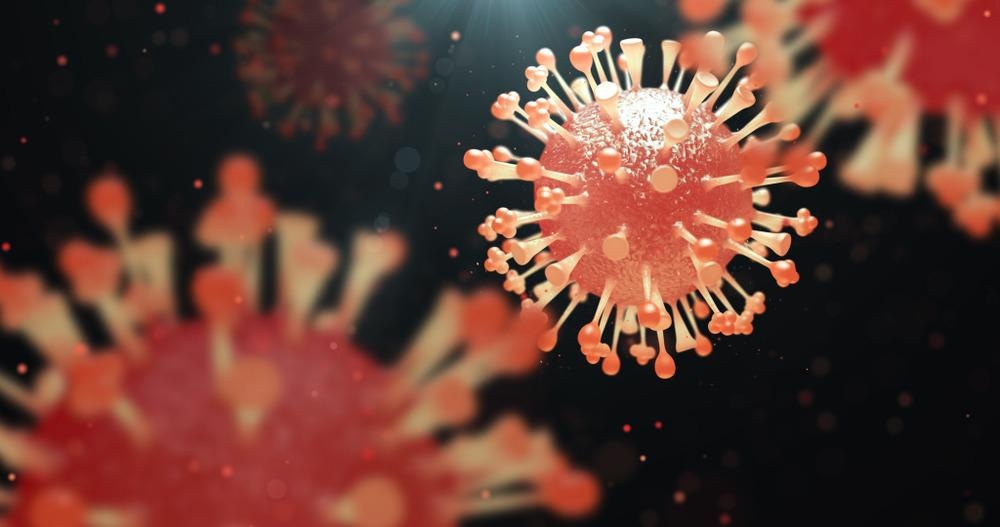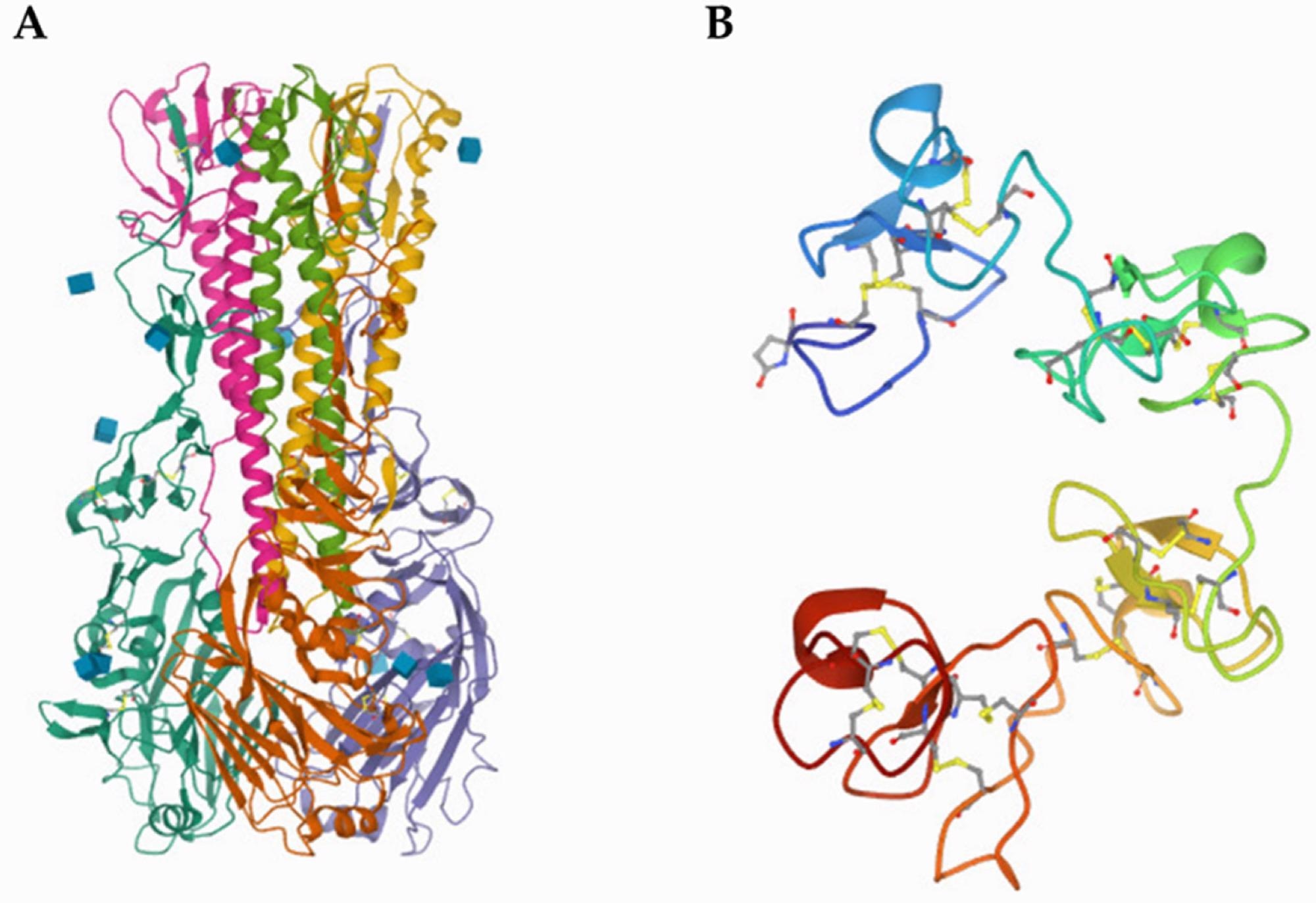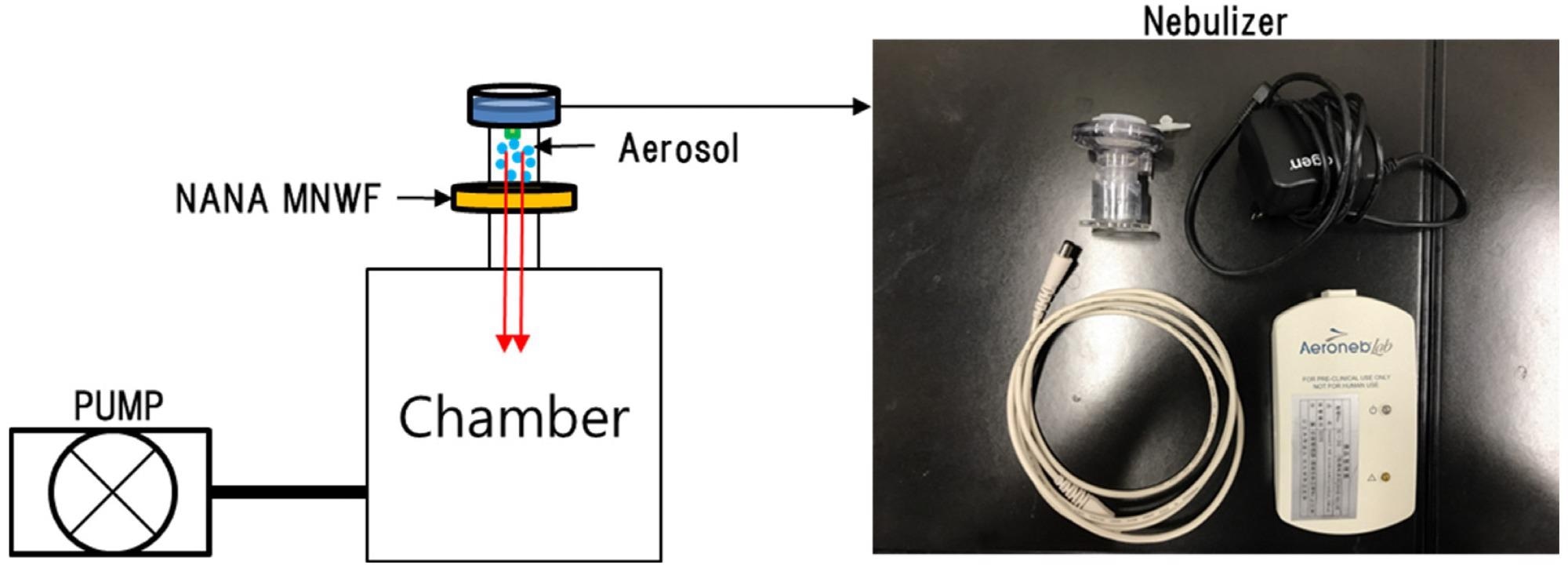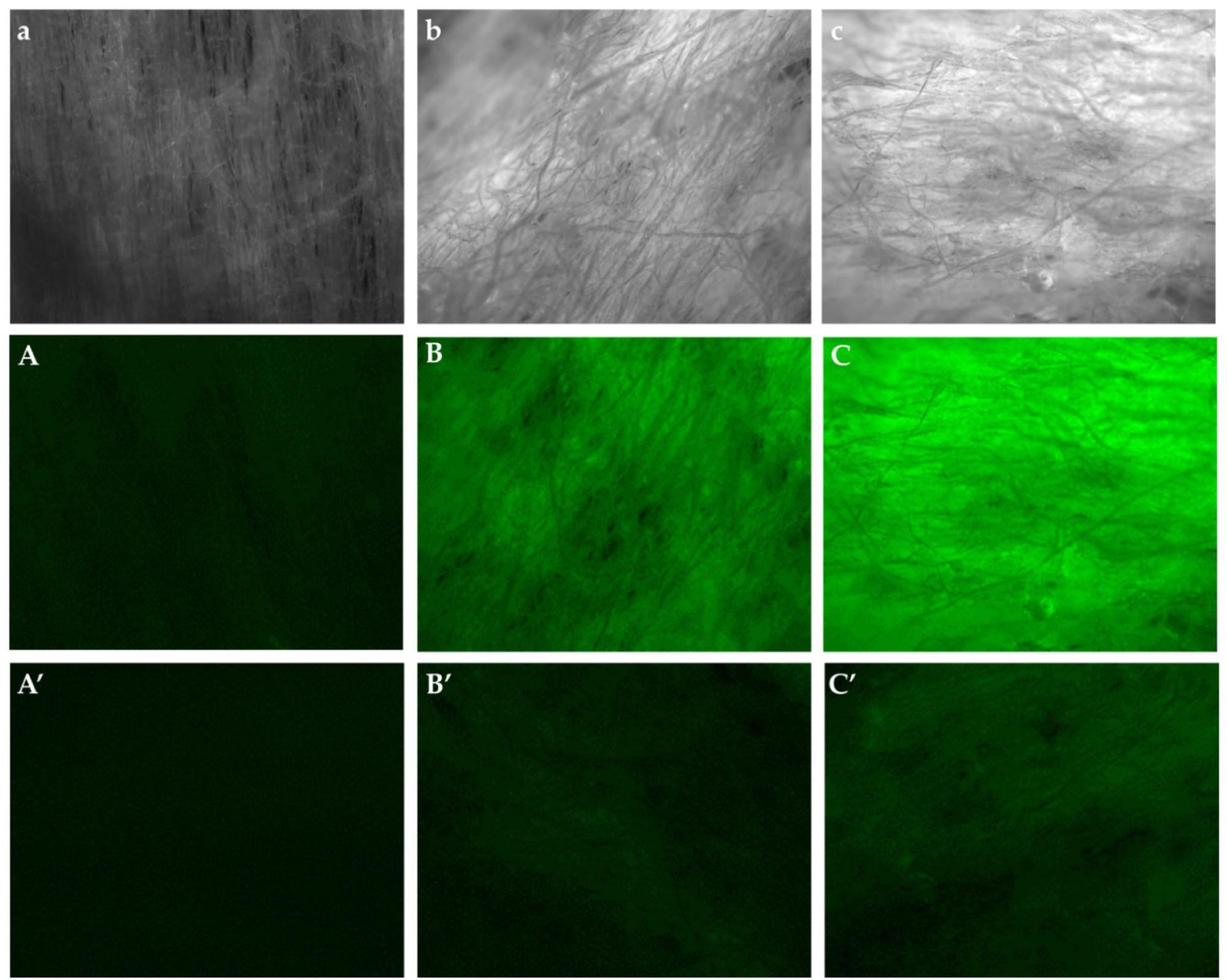In a recent study published in the open-access journal Polymers, researchers from Japan synthesized a novel absorbent made up of microfiber nonwoven fabric (MNWF) containing sialic acid that can react with H1-type hemagglutinin (HA) lectin present on the surface of the influenza virus, present in the air, and absorb it in the form of an aerosol.

Study: Functional Microfiber Nonwoven Fabric with Sialic Acid-Immobilized Polymer Brush for Capturing Lectin in Aerosol. Image Credit: pinkeyes/Shutterstock.com
The MNWF was fabricated using radiation-induced graft polymerization (RIGP), and the sialic acid imitated the sugar chain cluster effect to trap the influenza virus. They tested the efficiency of two types of sialic acids or acid mixtures against a substitute of original HA lectin, i.e., wheat germ agglutinin (WGA). They found that the degree of grafting (dg) had a significant but variable effect on the amount of absorbed lectin.
Background
Influenza is a viral contagious respiratory disease that has been causing seasonal epidemics in mammals for decades. While type A, B, and C are known to affect human beings, type D has been found in cattle and pigs. These viruses are more active in high humidity and low-temperature conditions, especially during the winter. Moreover, these viruses are consistently mutating, and the most effective countermeasures are vaccination and distancing from the source of infection.
Two primary modes of transmission of these viruses are direct contact and through minute droplets floating in the air. Distancing and isolation can prevent transmission through direct contact, whereas the infection through droplets requires special measures.

Protein database biological assembly of (A) 1ruz, 1918 H1 hemagglutinin, and (B) 1WGC_1, wheat germ agglutinin. Image Credit: Kim, Y et al., Polymers
Two types of enzymes are present on the surface of an influenza virus (80-120 nm) which bind to the sialic acid present on the cell surface of the human respiratory tract, namely, the antigenic projection-type hemagglutinin (HA), and the antigenic determinant type neuraminidase (NA). Among these, antigenic projection HA (13.5 nm) is a direct factor.
About the Study
In this study, researchers synthesized a polymer brush that can host specific sialic acids to imitate the sugar chain cluster effect, and that can react with WGA, and HA lectin substitute to simulate influenza virus adsorption in an aerosol form.
The base of the polymer brush was a polypropylene (PP) MNWF, and the threads of the brush were synthesized using RIGP of glycidyl methacrylate (GMA) monomer. By regulating the amount of radiation and monomer concentration in RIGP, the length and density of the polymer brush were controlled. The average length of the polymer brush threads was 35 nm. GMA MNWF was synthesized using a GMA concentration of 3-8.5% and irradiation of 10~20 kGy.
As the substitution of HA lectin, WGA was preferred over concanavalin A (ConA). Furthermore, two types of sialic acids were chosen, one was N-acetylneuraminic acid (NANA), and the other was a complex of disodium iminodiacetate monohydrate (IDA) and 1-(3-dimethyl aminopropyl)-3-ethyl carbodiimide hydrochloride (EDC). NANA, IDA, and EDC had a concentration of 0.25, 0.125, and 0.25 mol, respectively.
Finally, the WGA lectin absorbed by different MNWFs was segregated by 0.2 wt.% sodium dodecyl sulfate (SDS) solution and treated with the bicinchoninic acid (BCA) followed by measuring using a spectrophotometer.

Lectin aerosolization device. Image Credit: Kim, Y et al., Polymers
Observations
The highest density of IDA-EDC was about 8.4 mmol/g at 173% dg of GMA MNWF, indicating that the dg increased the GMA content (from here, MNWF means GMA grifted MNWF polymer brush). Moreover, the edges of the MNWF brush slightly curled when the dg of the IDA-EDC MNWF was 100% or less, whereas the edges of the polymer brush were severely bent when the dg of the IDA-EDC MNWF was more than 100%.
The average molar conversion rate of IDA-EDC absorbed MNWF from empty MNWF was 47%.
The fluorescence microscopy images revealed that empty MNWF exhibited non-selective adsorption of lectin. NANA MNWF demonstrated more WGA lectin absorption than the IDA-EDC MNWF. Also, a small amount of fluorescent material remained even after the lectin extraction from the NANA MNWF.
The NANA MNWF with a dg of 87% absorbed 118.2 of 200 μg of aerosolized WGA lectin with a maximum adsorption amount was 59.1%. However, when the dg was 100% or more, the lectin absorption decreased below its previous value. Hence, NANA MNWF with a dg of 80-100% was the ideal range for maximum lectin absorption.

Fluorescent marker lectin adsorption image of functional MNWF at each stage. (a–c) GMA, IDA-EDC, and NANA MNWF, respectively. (A–C) GMA, IDA-EDC, and NANA MNWF after fluorescence-labeled lectin adsorption, respectively. (A’–C’) GMA, IDA-EDC, and NANA MNWF after eluting fluorescently labeled lectin with 0.2 wt.% SDS solution, respectively. Each MNWF’s dg is 50%. Image Credit: Kim, Y et al., Polymers
Conclusions
To conclude, the researchers of this study synthesized a polymer brush type absorbent to absorb the influenza virus from droplets floating in the air. The absorbent polymer brush was an MNWF that was synthesized through the RIGP of the GMA monomer.
The prepared GMA MNWF polymer brush hosted specific sialic acids such as NANA and IDE-EDC complex to imitate the sugar chain cluster effect. The readily available WGA was used as the substitute for HA lectin that is found on the surface of the influenza virus.
Both sialic acids absorbed WGA lectin, but NANA demonstrated higher absorption of WGA lectin than the IDE-EDC complex. Moreover, the maximum lectin absorption for NANA sialic acid was found to be dependent on the dg of the MNWF, i.e., in a range of 80-100%, which started to decrease when the dg exceeded above 100%. Hence, NANA sialic acid-containing GMA grafted MNWF polymer brush is a promising device to absorb influenza viruses from the infected droplets.
Disclaimer: The views expressed here are those of the author expressed in their private capacity and do not necessarily represent the views of AZoM.com Limited T/A AZoNetwork the owner and operator of this website. This disclaimer forms part of the Terms and conditions of use of this website.
Source:
Kim, Y., Sagara, K., Uezu, K., Functional Microfiber Nonwoven Fabric with Sialic Acid-Immobilized Polymer Brush for Capturing Lectin in Aerosol. Polymers, 2022, 14, 663. https://www.mdpi.com/2073-4360/14/4/663